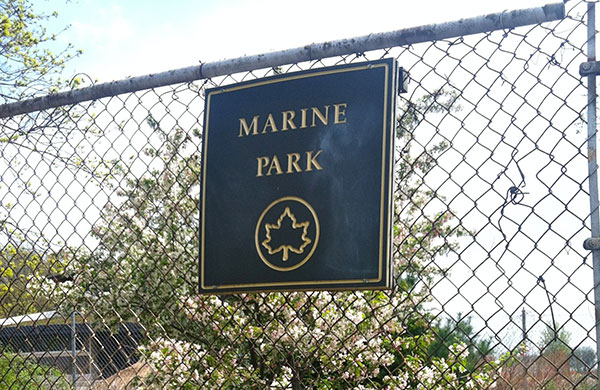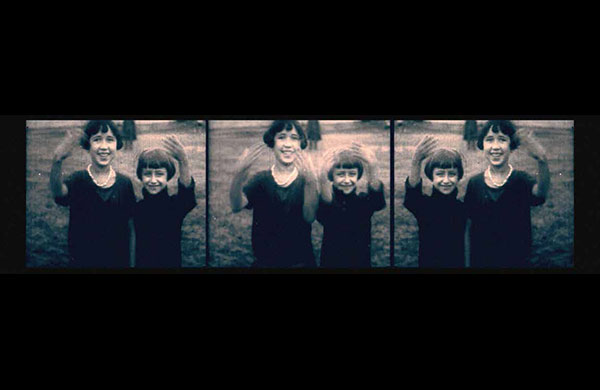 With the summer heat now lifting, the moderate, breezy weather of fall is perfect for a bicycle ride. There are few things a family can do together that are as satisfying, healthful and pleasurable as bicycle riding. It offers not only a clean and healthy way of getting from place to place, but rewarding exercise as well.
With the summer heat now lifting, the moderate, breezy weather of fall is perfect for a bicycle ride. There are few things a family can do together that are as satisfying, healthful and pleasurable as bicycle riding. It offers not only a clean and healthy way of getting from place to place, but rewarding exercise as well.
Despite the fact that many people choose to buy a particular type of bicycle because their friends or family members have that type, it is wise to know about all of the varieties available to make an informed purchase that will enhance your enjoyment and optimize your riding style and needs. The cost of a new bike for an adult is around $150-$750.
Road Bikes
In the 1970s all bikes were road bikes. They are distinguished by narrow tires, approximately 27-inch wheels, and drop handlebars. They are intended for use on paved roads or trails. The narrow tires reduce rolling friction, and the drop handlebars put the rider in a position that minimizes air resistance. The frames are strong but lightweight. Most have at least 21 speeds (three front, seven rear).
There are several sub-groups within the road bike category. Racing bikes are the largest group in this category, aimed at those who like to go fast and have the money necessary to afford these lightweight steeds. Triathlon bikes are very similar to road racing bikes, but even more expensive with a little more emphasis on reducing aerodynamic drag. Touring bikes are designed to carry your camping or other gear as you travel around Indiana or across the North American continent.
Cyclo-cross bikes have wider wheels (about 1.25") to accommodate off-road riding. Track bikes have no brakes and no gears and are only suitable for riding on a velodrome (a sporting arena built for track cycling).
Recumbent Bikes
These are the bikes you see when it looks like the rider is sitting in a lounge chair on wheels. This puts the rider in a much different position, which many people find more comfortable. If riding a traditional bicycle makes you achy or sore, perhaps you should consider a recumbent bicycle.
Mountain Bikes
These have generally become the most affordable, all-around choice for most everyday riders. Mountain bikes are rugged, to stand up to off-road riding, and offer riders a more comfortable riding position than road bikes. The handlebars on mountain bikes allow the rider to remain in a more upright position than the drop handlebars of road bikes, making it easier to see obstacles (like tree roots) on the trail. They have wider, knobby tires, and slightly smaller frames than road bikes.
Mountain bikes have at least 21 gears, and they include lower gears than those that would be found on a road bike, due to the increased resistance from off-road riding. Many models have shocks on the front and/or rear to reduce the shocks that riders feel when going over obstacles on off-road trails. Police bikes fall into this category.
Leisure Bikes
Leisure bikes are designed for those who take relatively short rides around the neighborhood on roads or paved trails. They have 26-inch wheels and wide, smooth tires. For comfort, they also have upright handlebars and wide seats. Most have a shock on the seat post. Leisure bikes usually come with seven or 21 gears.
Beach Cruisers
Beach cruisers are designed for those who like the classic bicycle styles of the 1950s. They have 26-inch wheels and wide whitewall tires. For comfort, they have wide seats and upright handlebars. In the 1950s, these came with one or three gears. Today’s models have one or seven speeds.
BMX Bikes
There are three types of BMX bicycles, all geared toward the younger set. BMX Racing bikes are built to be rugged, but also have to be lightweight for racing. They have 36-spoke wheels for strength, knobby tires for traction on dirt, and a single hand brake for the rear wheel. BMX Freestyle bikes are used for performing tricks.
They are built for extra rugged performance, with 48-spoke wheels for extreme strength. The tires are smooth, since they are only used on pavement. The handlebars can spin completely around, and the frame has two or four pegs for the rider to stand on while performing tricks. Freestyle bikes have hand brakes for both wheels. These bikes have to be even more rugged to withstand repeated impact with the ground. BMX Jumping bikes have 48-spoke wheels, plus even heavier-duty frames and axles than other BMX bikkes. The tires are knobby, since they are used on dirt, and have a single hand brake for the rear wheel.
Purchase and Assembly
It’s important that you buy your bike from a reputable dealer who can answer your questions and help you set up the bike to accommodate the physical build of the rider. If you’re buying the bicycle for a child, don’t try to save a little money by purchasing a model that he or she will grow into—that could spell disaster. No one, and especially not a child, can ride safely on a vehicle that is not suitable. Bicycles can be difficult enough to control without the added stress and strength necessary to steer and balance a machine that is just too big.
Once you have your new bike, be sure the rider is proficient before venturing into traffic or undertaking an arduous journey on difficult terrain. Start safe and short, and expand from there. Be sure to know and obey all traffic laws and safety rules. And always, always wear a helmet. Accidents—especially on crowded park drives and walks—are always a danger, and it is far better to be safe than sorry.



